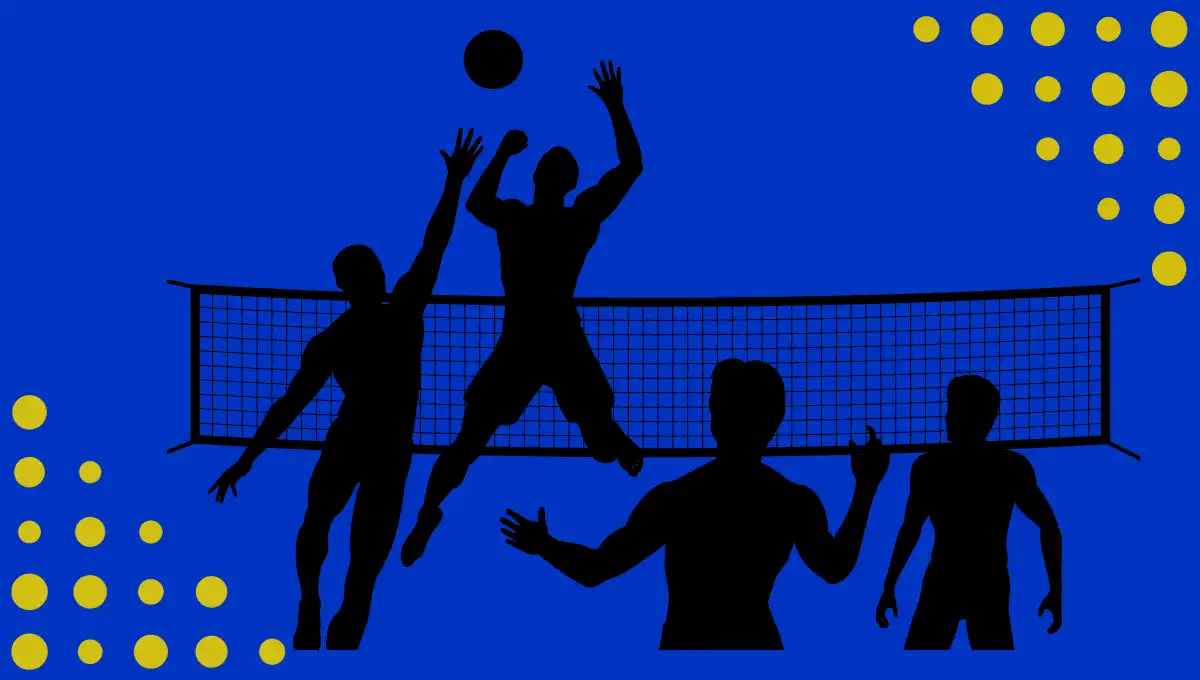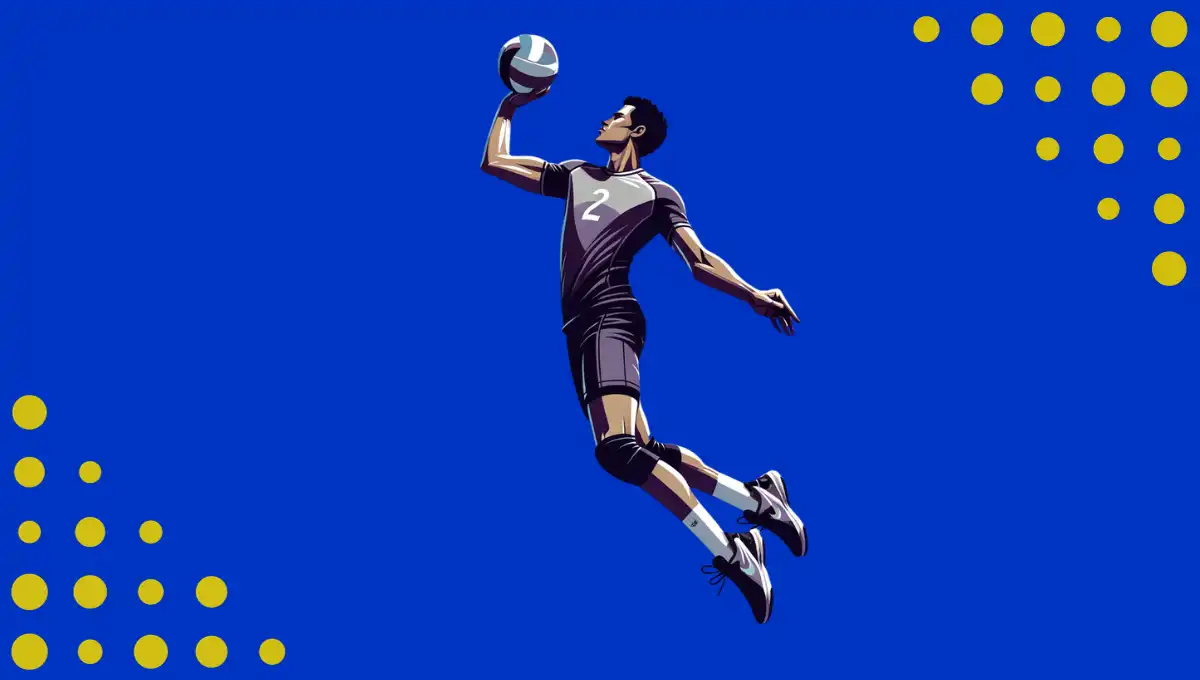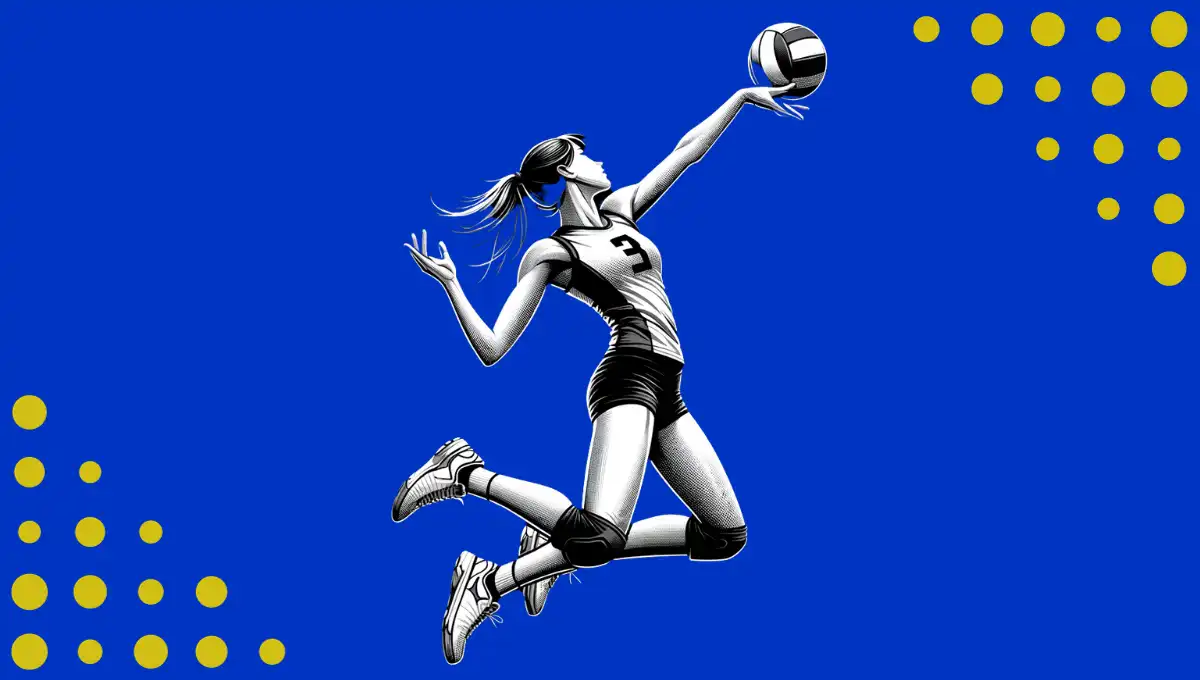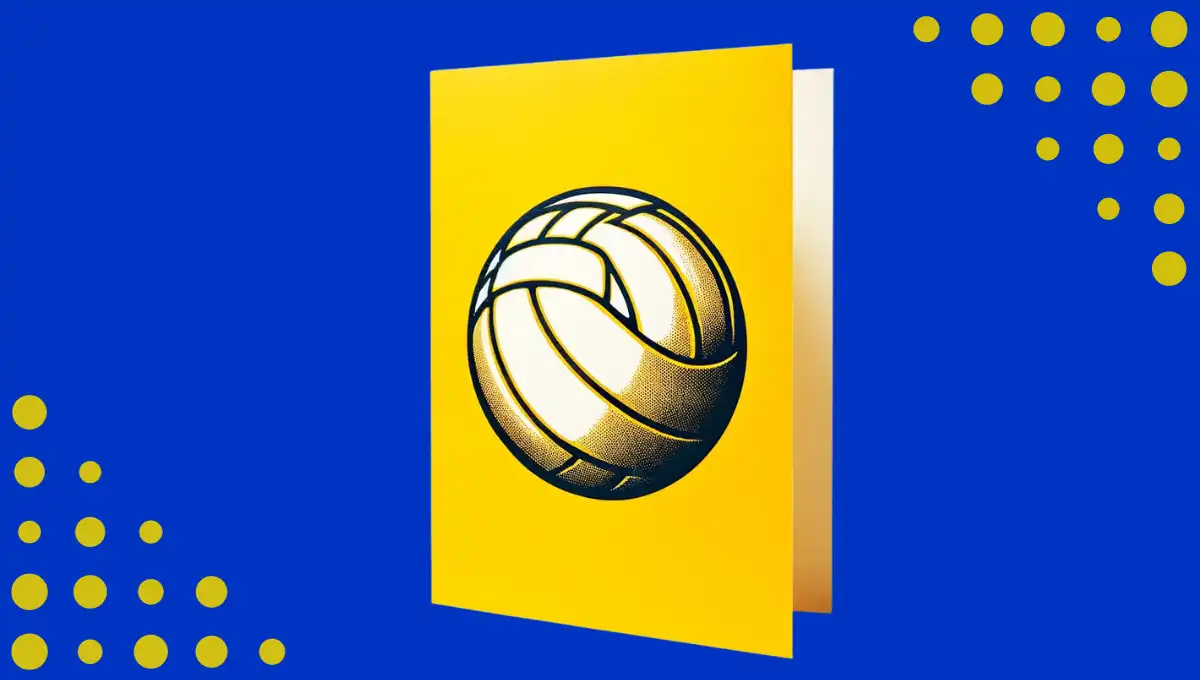In volleyball, every position has its unique role and importance, and saying some are easy while others are hard might not be the best way to look at it. Instead, think of it like a team of superheroes, where each one has a special power that’s important for the mission.
Understanding the complexity and unique challenges of each position in volleyball is crucial for anyone interested in the sport, whether you’re a player, a coach, or just a fan.
In this article, we will explore the positions ranked from most challenging to least challenging, as determined by professional volleyball players. It is important to note that the term “easiest” is subjective, as each position requires skill and dedication.
1. Setter (Hardest by Pros)
The setter position in volleyball is often seen as the toughest because it requires a demanding skill set and holds strategic importance. Setters must possess excellent ball control to consistently deliver accurate sets, requiring precise hand-eye coordination.
Setters are the primary playmakers, requiring a deep understanding of the game’s strategy and the ability to read the opposing team’s defense. Setters also need strong communication skills to effectively coordinate with teammates.
Additionally, they must maintain high physical and mental stamina, as they are involved in almost every play. This combination of technical skill, strategic thinking, and leadership makes the setter role uniquely challenging.
2. Outside Hitter (Left Side Hitter)
Outside hitters are considered to have the second most difficult position in volleyball. They are responsible for receiving serves, passing, and hitting from the left side of the court. This requires a well-rounded skill set that includes speed, agility, power, and accuracy.
Outside hitters must also be able to effectively adjust their approach and hit from different angles to avoid blockers. This position demands a high level of endurance because they’re constantly moving, jumping, and hitting. It’s like being a top athlete in track and field but also needing the skills of a basketball player.
3. Middle Blocker
The middle blocker is the defensive wall of the team. Their job is to intimidate and block the opponent’s spikes, requiring them to have fast reflexes and the ability to read the game.
They’re like the goalkeepers of volleyball, always on their toes, ready to leap and block. Plus, they need to switch gears quickly to become powerful attackers when the opportunity arises. This ability to transition between defense and offense makes the middle blocker position challenging.
4. Opposite Hitter (Right Side Hitter)
While the opposite hitter mainly focuses on offense, their role is no less challenging. They’re the heavy hitters, often delivering the final, powerful spikes. It’s a position that requires strength, precision, and an ability to perform under pressure.
5. Libero
The libero in volleyball is a specialized defensive position that is crucial for ball control and backcourt defense. This role is unique because the libero is restricted to playing in the backcourt and is not allowed to serve, attack the ball above net height, or rotate into the front row.
The Libero position is relatively easy compared to others because it doesn’t require jumping and involves less physical contact. However, the libero still needs exceptional ball control, quick reaction time, and defensive skills to cover a large area of the court.
6. Defensive Specialist
Similar to the libero, the defensive specialist is a back-row player focused on ball control and defense. They’re steady hands and quick thinkers, often stepping in to maintain the flow of the game. While they’re essential, their role is more focused and doesn’t require the range of skills some other positions demand.
What Determines the Difficulty of A Position?
The difficulty of a position, such as a job or role, is determined by several key factors:
- Skill Requirements: Higher levels of expertise, education, or specialized training increase difficulty.
- Responsibility Level: Greater decision-making authority and accountability for outcomes add complexity.
- Complexity of Tasks: More complex tasks requiring critical thinking, problem-solving, and creativity are challenging.
- Physical and Mental Demands: Physically strenuous or mentally taxing roles are harder.
- Environmental Factors: High-pressure environments, such as tight deadlines or high-stakes outcomes, contribute to difficulty.
- Interpersonal Demands: Navigating complex interpersonal dynamics or managing a large team can be challenging.
- Change and Uncertainty: Roles in rapidly changing industries or uncertain conditions are more demanding.
Final Thoughts
Every position in volleyball requires a unique set of skills and presents its challenges. Each position is crucial for the team’s success, and ranking them from hardest to easiest doesn’t fully capture their importance or complexity.
It is essential to understand the different roles as puzzle pieces that fit together to create a winning team. Whether you aspire to be a setter or a libero, remember that every position is crucial in the game of volleyball. Keep practicing and honing your skills to contribute to the team’s success, regardless of the position you play.





